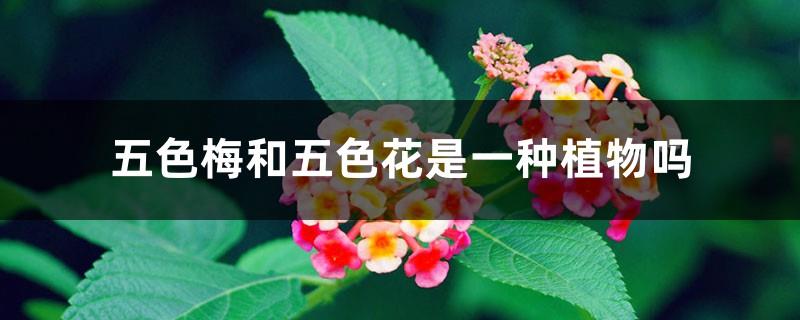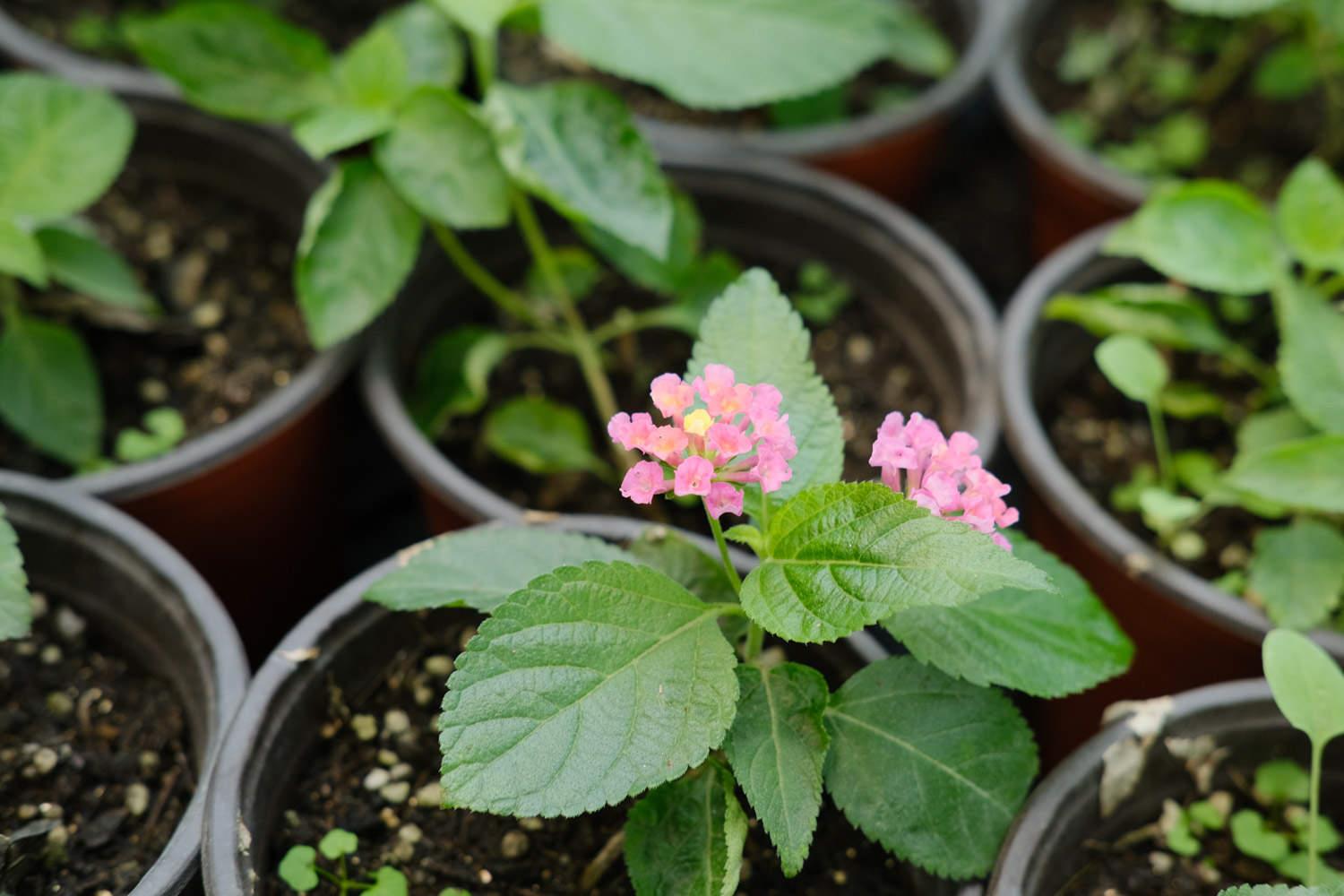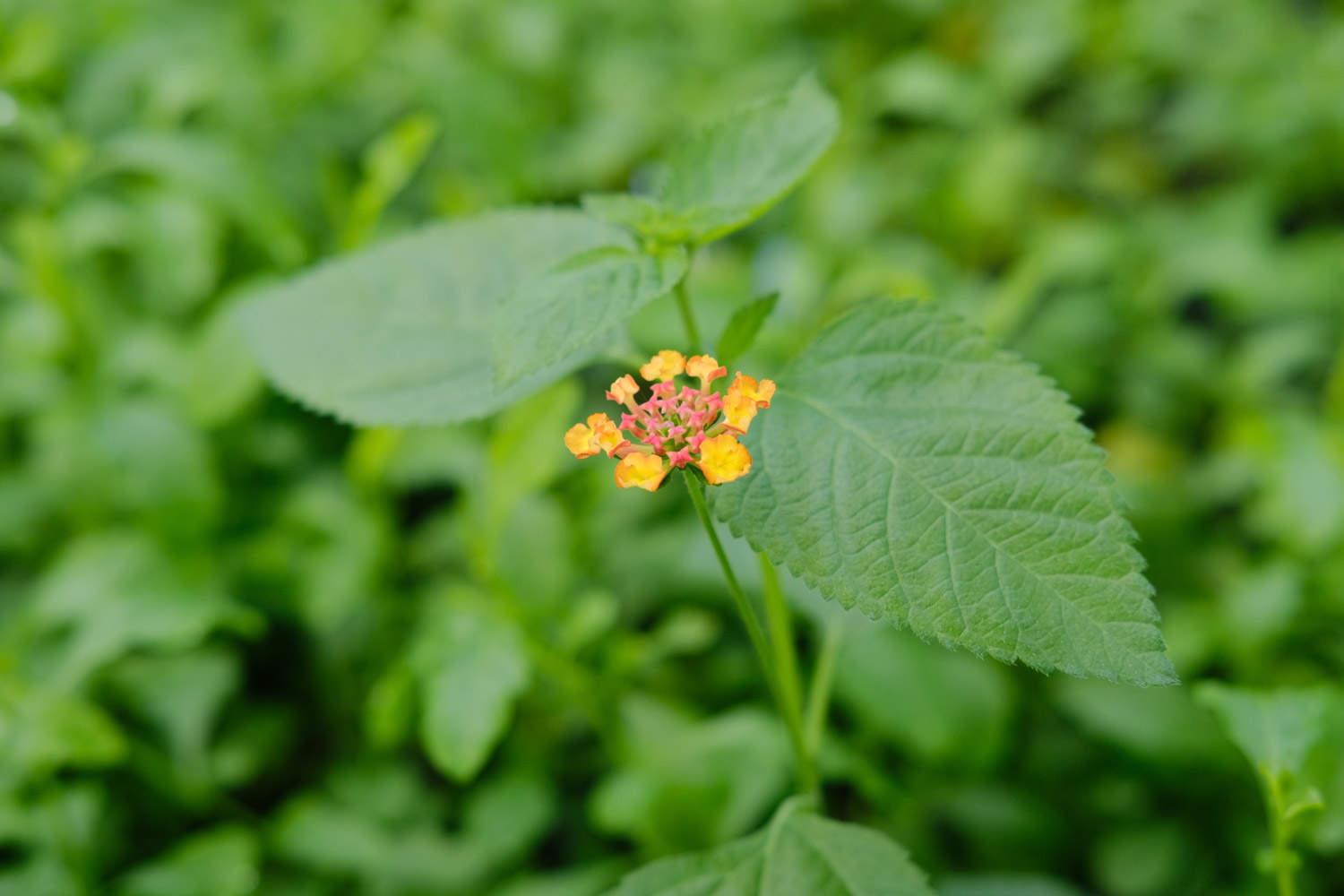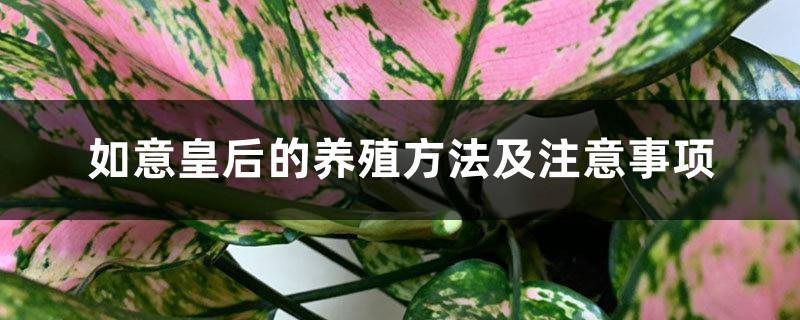Are five-color plum and five-color flower the same plant?
Last Update :2024.11.08
Article Catalog
Introduction to five-color plum
Introduction to five-color flowers
Five-color plum, also called colorful flower, red hydrangea. Flower friends searched for pictures of five-color flowers and found that they were also five-color plums. So, are the five-color flowers the same as five-color plums?

Introduction to five-color plum
Introduction to Five-Colored Plum
Five-Colored Plum (scientific name: Lantana camara) is the same as Lantana, and the Hakka people call it the Mianbi male flower. Originally mainly distributed in South America and West India, it is an evergreen shrub of the genus Lantana. Generally, the flowering period is from mid-to-late April to mid-February of the following year. However, due to the influence of climate and temperature, it can be seen blooming almost all year round, so it can be said that it is a plant that is always in bloom. There are often multi-color changes in a cluster of inflorescences, so it is also known as five-color plum and colorful flower. At the same time, the branches and leaves contain a special pungent smell, so lantana is also known as smelly grass, smelly golden phoenix and other nicknames. It was introduced to Taiwan by the Dutch around 1645. Due to its strong reproductive capacity, it is now an exotic species commonly seen in the wild in Taiwan's plains.
Five-color plum has many aliases, including lantana, Shandadan, red hydrangea, coral ball ("South Vietnam Notes"), smelly golden phoenix, wishful flower, dim flower ("Lingnan Medicine Collection") , Qipianhua ("Economic Plant Chronicles of North China"), Ruyi grass ("Guangzhou Flora"), soil red flower, smelly peony, insecticidal flower ("Nanning Drug Chronicles"), Mao Shenhua ("Southern Fujian Folk") "Herbal Medicine"), smelly cold wind ("Guangxi Traditional Chinese Medicine"), Tianlancao ("Hunan Traditional Chinese Medicine"), stink grass ("Guangzhou Army's "Commonly Used Chinese Herbal Medicine Manual"), five-color flower, five thunder arrows, wall-piercing wind ("Guangxi Traditional Chinese Medicine") 》), Wild Eyeflower (Jiangxi "Herbal Medicine Handbook"), colorful flower, red thorn, mother-in-law flower ("Fujian Chinese Herbal Medicine"), pig shit flower (Chaozhou).

Introduction to Five-Colored Flowers
It refers to the early overglaze multicolored paintings painted with lead-containing red, green, yellow, blue, purple and other colored materials, hence the name. In the Yuan Dynasty, Cizhou kilns were fired based on the three colors of red, yellow and green, and there were very few products.
The five-color flowers are green with small leaves, red with small leaves, large flowers with large leaves, and black with small leaves. Often used in patterned flower beds.
Five Colored Flowers is also the name of a song.
But when searching for the plant five-color flower, the five-color plum appears.

Introduction to five-color flowers
- END -
How to propagate Antler Begonia

The propagation of Antler Begonia is mainly based on cuttings. Choose a substrate ...
Breeding methods and precautions for Queen Ruyi

Soil: Rich in humus, fertile, soft soil. Light: Tolerant to shade, but do not stay...